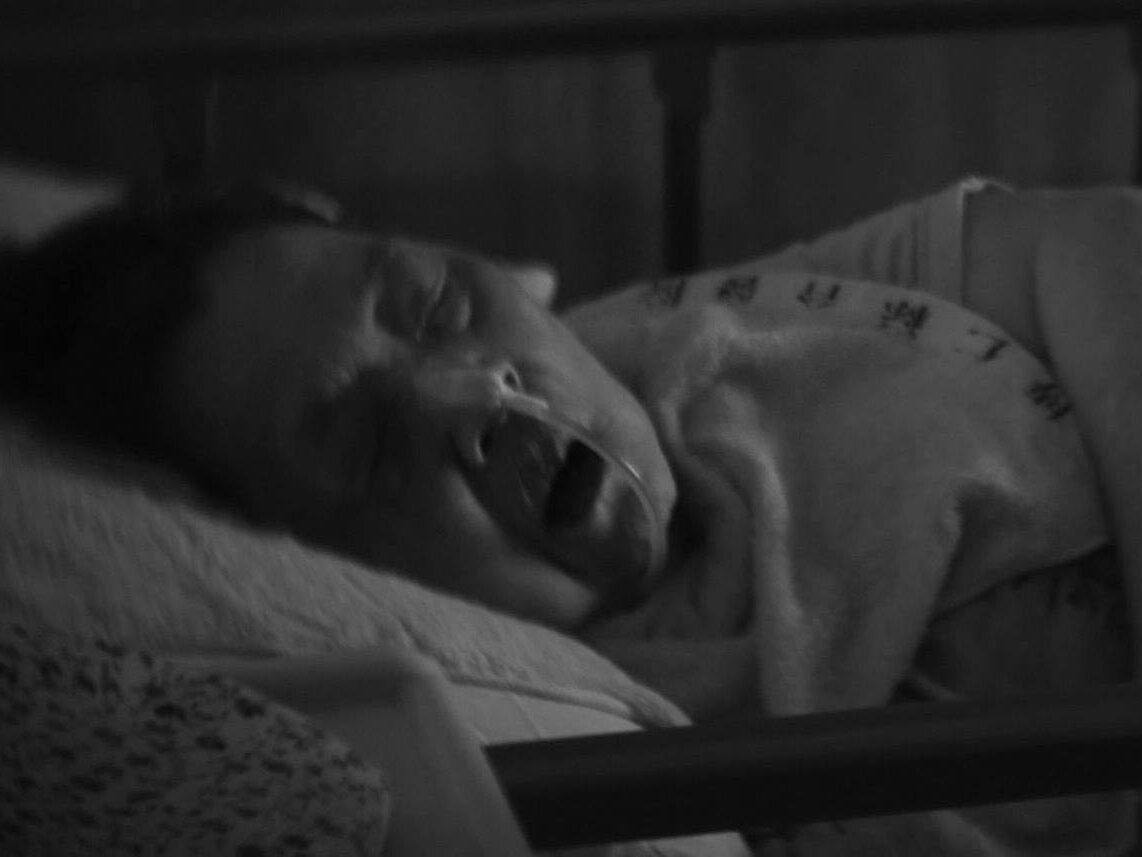Despite suffering the worst single-day death toll since the coup, Bago’s defenders say they are not ready to give up yet.
Nyein Maung, a native of Yangon who didn’t move to Bago until late February of this year, was still not very familiar with the city when he became a protest leader at its main defence site.
As a sailor who had spent many years at sea, he had finally decided to settle down in his wife’s hometown with her and their four-year-old son. By the time he arrived, however, Bago was already experiencing its first wave of brutal crackdowns.
It was not long before he saw for himself what the junta that had seized power on February 1 was prepared to do to crush resistance to its rule.
On February 28, just days after he moved to Bago, he watched in horror as a young man who had been shot in the stomach by regime forces was viciously beaten by five armed policemen.
After they left him for dead, Nyein Maung went to see if might have survived the attack. When he found that the man was still breathing, he put him into his car to take him to the hospital. At that point, the police started shooting at him.
Nyein Maung managed to escape with just a bullet hole in his car, but decided then and there that he had to do something to protect protesters from the junta’s relentless violence, even if it meant putting his own life on the line.
“I left my family that day and started staying somewhere else. My friends and I built a stronghold. We didn’t really have a system, but we were determined to defend ourselves with anything we had,” he said.
The 31-year-old former sailor let his wife and father know that he had joined the revolution and then left home with just 100,000 kyat in his pocket.
“I told them, ‘If a federal army is formed, I will be a part of it. If I die, just sell the car and our other possessions so you can continue living.’ Our group is made up entirely of people who aren’t afraid of losing their lives,” he said.
But it wasn’t just his life that Nyein Maung was prepared to lose. He told his father, who serves in the navy, that he had to take a clear stance on the protests.
“I said, ‘If you’re going to kill people and be involved in the crackdowns, we’re finished.’ But he told me he had nothing to do with that,” he said, adding that his father has since joined the Civil Disobedience Movement.
“I told them, ‘If a federal army is formed, I will be a part of it. If I die, just sell the car and our other possessions so you can continue living.’ Our group is made up entirely of people who aren’t afraid of losing their lives.”
The main barricade
The protests in Bago started near the famed Shwemawdaw pagoda in the city centre, but spread to other areas as the military moved in to violently suppress large gatherings.
Around 140 young protesters, including Nyein Maung, formed a security team in early March. Using sandbags, they built barricades at major protest sites, such as the ones in Bago’s Ma Ga Dit, Hmor Kan and Socialist wards, where Nyein Maung was a frontline defence team leader.
The main stronghold was at Ma Ga Dit, where protests were held daily from 9am. All three of these sites were targeted for major offensives by the military.
The defence team manned the barricades in shifts. As a team leader, Nyein Maung was serious about maintaining discipline, instructing team members to refrain from consuming alcohol while on duty.
“This is no time to be joking around. One mistake and you lose your life. I told them they need to be able to make clear decisions,” he explained.
Meetings were held every day at 4pm to divide the team into groups and assign them to different wards. They also discussed the security situation as it evolved from day to day.
“This is no time to be joking around. One mistake and you lose your life. I told them they need to be able to make clear decisions.”
On March 14, team members defending the Ma Ga Dit barricade with air guns, Molotov cocktails and handmade weapons killed two police officers, marking a turning point in the conflict between Bago’s residents and the regime’s forces.
The stronghold was subsequently destroyed several times in the ensuing weeks, but was rebuilt each time. To ensure that it was never left undefended, the security team set up a camp so they could stay there around the clock.
By early April, when troops from Light Infantry Division 77, stationed nearby, started shouting threats at them, it became clear that they were heading for decisive clash that would likely end badly for them.
“They always gave us warnings at night, telling us that they would come down harder on us than they did on Hlaing Tharyar,” said Nyein Maung, referring to the massive assault on Yangon’s industrial outskirts in late March.
“They warned us to drop our weapons, and were listing charges we’d be given and all that,” he added.
But at this stage, they had no intention of giving up. Armed with improvised explosives, fireworks, and Molotov cocktails, as well as non-lethal gas-powered guns, they dug in and braced for what was to come.
“We told the people who had been feeding us that we would protect them and hold on for as long as we can,” said Nyein Maung, recalling the tense days before the final onslaught.
“We told the people who had been feeding us that we would protect them and hold on for as long as we can.”
source myanmar-now
分類
